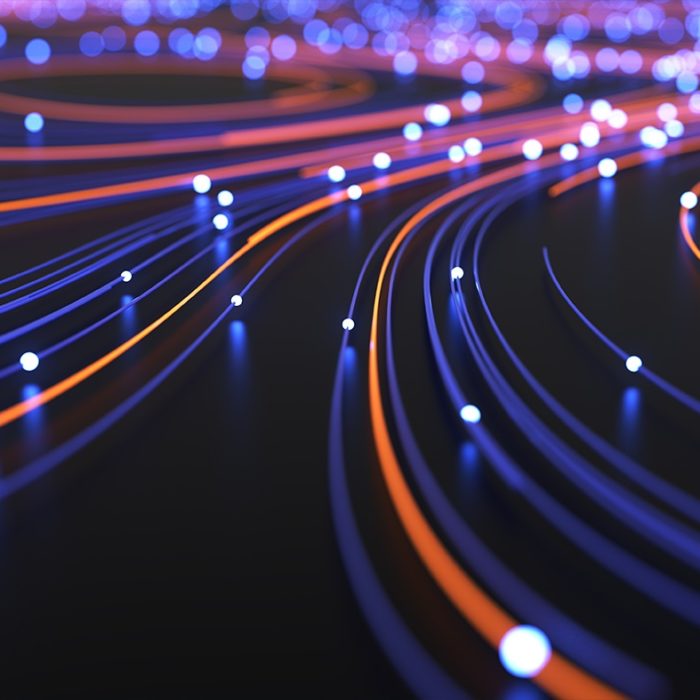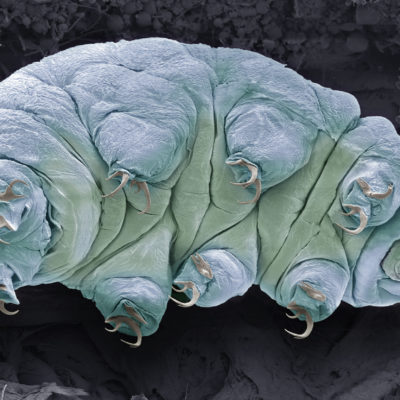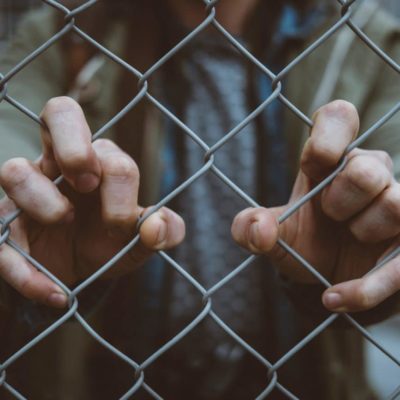
Fiber Cables: The Future of Connectivity
Fiber-optic cabling, often shortened to just “fiber” or “fiber cable,” is the most current means of connecting homes and businesses to the internet. This article seeks to explain what it is, how it can hold up to stress, how much can it hold, and even how regular cable compares to it.
What Is Fiber Cable?
The simplest way of describing this material is to think of it as an electrical cable filled with optical fibers to transmit light. Each of the fiber elements contained within the cable is usually going to be coated with a layer of plastic and housed within a protective tube that is intended for whatever sort of environment it is intended to be used within, such as a powerline, underwater or underground. Different sorts of cables are used for different applications involving optical communication like telecommunications or high-speed internet.
How Durable Is Fiber Cable?
Optical fiber is an exceptionally strong material on its own, but that strength is drastically limited because of surface flaws that arise during its manufacture. The starting strength of the fiber and its temporal changes must be considered against the stress placed upon the fiber during its cabling, handling, and full-on installation. Overall, three major factors cause degradation in strength or outright failure in fiber optic cable.
- Dynamic fatigue.
- Stress fatigue.
- Aging without being stressed.
How Much Data/Fiber Can Fiber Cable Handle?
In 2012, a Japanese firm demonstrated how a single fiber cable could transfer up to 1 petabit/second (1015bits) across 50 kilometers. The types of fiber cable that are common to the market these days can house up to 1,000 fiber strands; despite this maximum capacity, the most frequent fill point winds up being 864 fibers. Even then, only a portion of those fibers may actually be used. Some companies will lease or sell off their unused fiber to other providers interested in service within the area. Some companies may even overbuild their networks so that they can have a large network of fiber available, cutting down on the need to trench or seek out municipal permits. Conversely, a company may underinvest so as to stop its rivals from benefitting from the infrastructure developments.
Do the Different Colors Mean Anything?
The buffer or jacket of fiber patch cables is usually color-coded so that utility workers understand what they are interacting with. Connectors with a plastic shell also use color-coding on those shells. The standard color code for these jackets and boot patches are the following:
- Orange jacket. Multi-mode optical fibers.
- Aqua jacket. OM3/OM4 10 G laser-optimized 50/125 µm multi-mode fibers.
- Erika violet jacket. OM 4 multi-mode fibers.
- Lime green jacket. OM5 10 G + wideband 50/125 µm multi-mode fibers.
- Grey jacket. This is a discontinued color code for multi-mode fibers.
- Yellow jacket. Single-mode fibers.
- Blue jacket. Designates polarization-maintaining fibers.
- Blue shell. Physical contact (PC), 0. While common to single-mode fibers, Often overlaps with blue jacketing to denote polarization.
- Green shell. Angle polished (APC), 8°.
- Black or white shell. PC, 0°
- Grey or beige shell. PC, 0°. Uses for multimode fiber connectors.
- Red shell. High optical power. Sometimes used for connecting external pump lasers or Raman pumps.
How Does Fiber Cable Compare to Other Connection Technologies?
When compared to cable, fiber optic cable involves light while traditional cable involves electricity and coaxial cables, with a copper-aluminum-plastic core, for data transmission. This means that fiber optic cables are faster, clearer, less vulnerable to weather conditions, and better able to transmit across great distances than cable, to say nothing of their greater ability to transmit data.
Ending Statement
When you look at what fiber cable is composed of and then consider its durability and its capacity, the overall image of the product makes cable seem like such a quaint notion for receiving and transmitting data. With all of the features and benefits of fiber cable, there may come a day when fiber optic cabling is ubiquitous as cell phones when compared to cable’s analogous rotary telephone.











